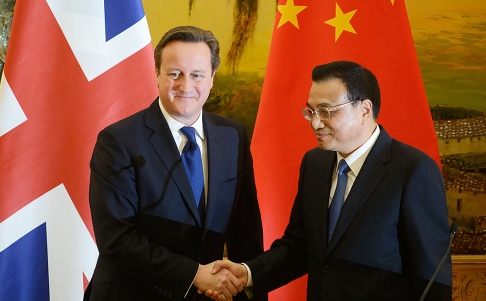On February 4, 2014, the nominees for the 2014 Juno Awards were announced, with artists such Arcade Fire, Tegan and Sara, Michael Bublé and Serena Ryder all receiving nominations. With the awards traditionally being critiqued for ignoring underground talent and supporting major label acts that are popular south of the border, it begs the question: to what extent does American culture define Canada’s music industry? Due to the U.S’s proximity to Canada and its large domestic market, the successive governments have been consistently wary of becoming an extension of American culture. As such, Canada continues to advocate for cultural sovereignty. However, it is important to consider whether these policies are still effective today.
Much of Canada’s musical history highlights how the U.S dominated Canada’s music scene. Before the 1970s and the arrival of Canadian Content rules (CanCon), Canada’s size and population made it difficult for Canadian artists to make a living as musicians, thus forcing talents, such as Joni Mitchell and Neil Young, to move south of the border. This difficulty, as identified by scholars Reebee Garofalo and Rob Bowman in their book Rockin’ Out: Canadian Edition, was partially due to the fact that many Canadian radio stations and programmers valued American and British artists over Canadian acts. Thus, as Pierre Juneau, then of the Canadian Radio-Television Commission (CRTC) argued, Canadian broadcasters were acting as a mouthpiece for American entertainment industries.
This produced major cultural and economic impacts for Canada. Not only was there a lack of opportunities for Canadian artists, but the U.S economy was also reaping the profits made from Canadian talent. Therefore in 1971 Juneau said, “Canadian broadcasting should be Canadian,” and as a result, introduced strict CanCon rules for radio and television, rules that have defined Canadian music for over 40 years.
The early success of CanCon regulations stemmed from their ability to limit international, primarily American, content. The rules assert that a percentage of all broadcasted material needs to be Canadian. For licensed English-language radio stations, this means that 35% of all popular music needs to qualify as Canadian content under the CTRC’s MAPL system, qualifications that determine if a musical selection is native by its Musical composition, Artist(s), Performance or Lyrics. Further, to qualify as a “Canadian” you must be either a Canadian Citizen, a permanent resident, have been living in Canada for six months prior to creating your musical selection, or own a radio/broadcast license.
The Government additionally extended its protectionist attitude to foreign policy models. During the negotiations for the North Atlantic Free Trade Agreements, the Canadian Government incorporated specific provisions that protected cultural industries. It additionally led the 2005 UNESCO Convention on the Protection and Promotion of the Diversity of Cultural Expressions, which reaffirms the necessity of states to protect their sovereign culture.
Recently, however, there has been criticism regarding the ability of Canadian cultural policy to fulfil its original mission of promoting and creating new opportunities for Canadian artists. With new emerging technologies providing Canadians with the tools to listen to and purchase music that is not governed by CanCon rules, it has become progressively harder to ensure that Canadians are listening to native content. Further, the Juno Awards also remind us that radio stations and popular music awards are more inclined to promote those that have attained success south of the border, instead of recognizing other notable and successful Canadians. The CRTC regulations have ensured that broadcasters are meeting content minimums, however, many of those musical selections are dated and only represent artists from major labels. Lastly, many advocate that pointing to a particular Canadian culture is not possible because just as Canadians are diverse, so to is Canada’s music scene.
Therefore, although CanCon regulations helped developed Canada’s music industry, today these rules fall short. To challenge the imposition of American culture the government should focus less on supporting a protectionist attitude and more on supporting the diversity of Canada’s music scene, specifically, by promoting emerging independent talent and creating more outlets that help these artists connect with both domestic and international audiences.





